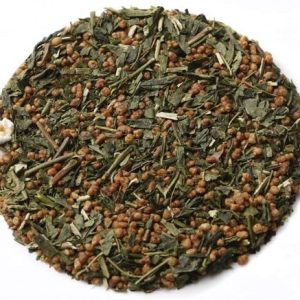Shampoo Ginger Lily (Zingiber zerumbet), also known as Awapuhi or Pinecone Ginger, is a perennial tropical plant native to Southeast Asia. The plant is valued not only for its beautiful, fragrant flowers but also for its medicinal properties and use in hair and skincare products. Shampoo Ginger Lily is relatively easy to grow and care for, making it a popular choice among gardening enthusiasts. This article will provide a comprehensive guide on how to plant, grow, and care for Shampoo Ginger Lily in your garden.
Part 1: Planting Shampoo Ginger Lily
Choose the right location
Shampoo Ginger Lily thrives in warm, humid climates and prefers partial shade. The ideal spot in your garden would be an area that receives morning sun and afternoon shade. The plant also needs well-draining soil rich in organic matter. Avoid planting in low-lying areas or places prone to waterlogging.
Prepare the soil
Before planting, prepare the soil by adding plenty of organic matter, such as compost or well-rotted manure, to improve soil fertility and drainage. Dig a hole twice the size of the rhizome and mix the organic matter into the soil at the bottom of the hole.
Plant the rhizomes
Shampoo Ginger Lily is grown from rhizomes, which are underground stems that store energy and produce new shoots. When selecting rhizomes for planting, choose healthy, plump, and firm specimens with visible buds or shoots. Plant the rhizomes horizontally, with the buds facing upwards, about 2-3 inches deep and 12-18 inches apart. Water the area thoroughly after planting.
Part 2: Growing Shampoo Ginger Lily
Watering
Shampoo Ginger Lily prefers consistently moist soil but does not tolerate waterlogging. During the growing season, water the plant regularly, keeping the soil evenly moist. Be careful not to overwater, as this can lead to root rot. During the dormant winter months, reduce watering to prevent the rhizomes from rotting.
Fertilizing
To promote healthy growth, feed your Shampoo Ginger Lily with a balanced, slow-release fertilizer every six to eight weeks during the growing season. Alternatively, you can use organic fertilizers such as compost, fish emulsion, or well-rotted manure.
Mulching
Apply a 2-3 inch layer of organic mulch, such as shredded bark or leaves, around the base of the plant. Mulch helps to conserve soil moisture, suppress weeds, and regulate soil temperature. Be sure to keep the mulch away from the base of the stems to prevent rotting.
Pruning
Prune your Shampoo Ginger Lily regularly to maintain a neat appearance and encourage bushier growth. Remove any dead, damaged, or yellowing leaves and stems by cutting them back to the base of the plant. Also, remove spent flower stalks to encourage new blooms.
Part 3: Caring for Shampoo Ginger Lily
Overwintering
In colder climates, Shampoo Ginger Lily requires protection during winter months. If grown in the ground, you can either mulch heavily around the base of the plant or dig up the rhizomes and store them indoors. To store the rhizomes, clean them off and place them in a box filled with slightly damp peat moss, vermiculite, or sawdust. Keep the box in a cool, dark, and frost-free location until it’s time to replant them in spring.















